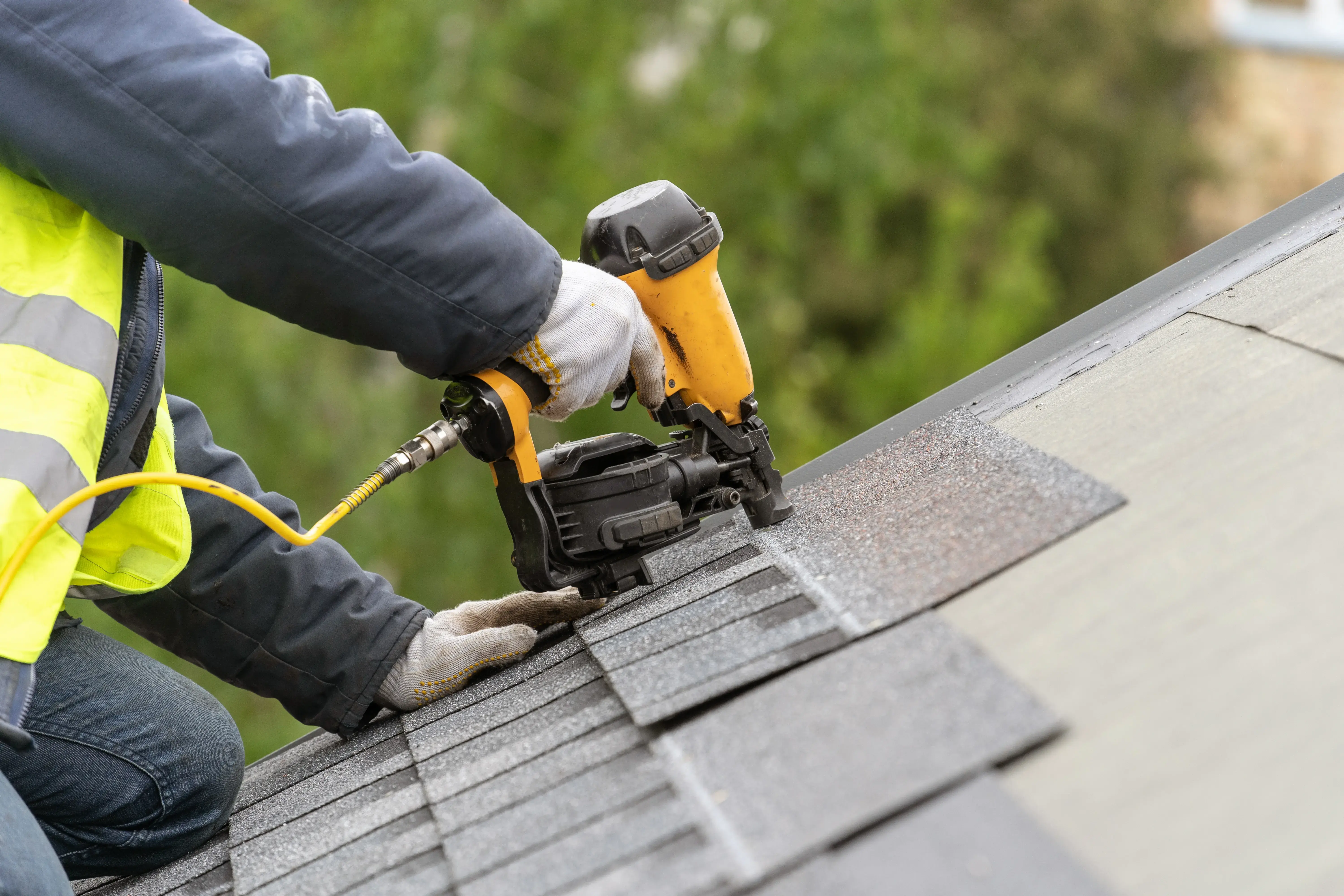Avoid Leaks and Architectural Damages with Cleveland Heights Roof Maintenance Programs
Avoid Leaks and Architectural Damages with Cleveland Heights Roof Maintenance Programs
Blog Article
A Comprehensive Guide to the Installment Refine of a Skylight Roof
The setup of a skylight roofing system is a multifaceted procedure that requires thorough planning and execution to ensure ideal performance and aesthetic charm. This overview will certainly lay out the essential steps involved, from selecting the ideal skylight type to the crucial tools and materials required for an effective installment. Comprehending the nuances of structural stability and waterproofing is vital, as these elements straight affect the durability of your skylight. As we explore each phase, it ends up being clear that attention to detail is not just advantageous however essential for accomplishing a seamless combination of natural light into your room.

Recognizing Skylight Types
When taking into consideration a skylight setup, it is important to understand the different types offered, each developed to fulfill different aesthetic and functional requirements. One of the most typical kinds of skylights include fixed, vented, tubular, and operable models.
Set skylights are non-opening systems that offer largely to supply all-natural light and improve indoor spaces. Vented skylights, on the various other hand, feature a system that permits them to open, helping with air movement and reducing moisture degrees.
Tubular skylights are small and made to catch sunlight with a little dome on the roofing, funneling it down a reflective tube right into the home. This kind serves for smaller locations or rooms that need additional light without jeopardizing ceiling elevation. Finally, operable skylights incorporate both all-natural light and air flow, making them versatile in numerous environments.
Each skylight type provides unique benefits, and the choice relies on aspects such as the meant use the room, regional environment, and building design. Therefore, comprehending these options is vital for making a notified decision.
Preparing for Installation
Picking the appropriate type of skylight is just the start; sufficient preparation for installment is essential for making certain an effective task. Prior to starting the setup procedure, it is essential to assess the architectural integrity of the roofing system where the skylight will be mounted. This involves checking for any kind of signs of damage, such as rot or leakages, which might endanger the setup and lead to future problems.
Following, it is important to intend the area of the skylight thoroughly. Consider variables such as sunlight exposure, potential blockages (like trees or bordering buildings), and the overall aesthetics of the room. Marking the area clearly will aid in imagining the outcome and assistance stop mistakes throughout installation.
In addition, examining local building ordinance and getting essential permits is important to ensure conformity with guidelines. This action will aid avoid possible penalties and make certain the safety and legality of the installment.
Tools and Products Needed
An effective skylight setup requires a certain set of materials and tools to make certain accuracy and efficiency throughout the procedure. Important tools consist of a measuring tape, level, round saw, and energy knife, which are important for precise measurements and cutting. A drill and suitable drill little bits are required for creating openings for placing braces, while a hammer and screws or nails are required for protecting the skylight in place.
The skylight device itself must be picked based on the size and kind ideal for the roof. Roof covering cement and caulking are additionally required to provide additional waterproofing around the skylight edges.
Safety and security tools, such as handwear covers, safety glasses, and a construction hat, ought to not be forgotten to secure versus potential hazards during the setup. Tarps or go down cloths can be beneficial to capture debris and shield the interior of the space listed below. Collectively, these materials and tools lay the foundation for a successful skylight installment.
Step-by-Step Installment Refine
Effectively setting up a skylight entails an organized method that ensures both performance and visual appeals. Begin by noting the preferred location on the ceiling, ensuring it aligns with the architectural components of the roofing system. Next off, cut an opening that represents the measurements of the skylight framework, making sure to stay clear of any electrical wiring or pipes.
Once the opening is prepared, set up flashing around the perimeter to divert water far from the skylight. This is essential for preventing leaks. Setting the skylight into the opening, guaranteeing it sits flush with the roofline. Protect it in area making use of nails or screws, according to the producer's specs.
Following, apply roof covering cement along the edges of the skylight and around the blinking to produce a watertight seal. Mount the interior trim to cover any kind of exposed sides and to offer a finished appearance inside the home. Finally, check the installation for any type of voids or imperfections that can lead to leaks. Appropriately inspecting the learn the facts here now skylight makes certain see it here resilience and enhances its visual charm, offering a beautiful source of natural light for years ahead.
Finalizing and Preserving Your Skylight
After the installation of your skylight is full, it's important to conclude the procedure by making certain that all ending up touches are used and proper upkeep routines are developed. Begin by inspecting the inside and exterior seals for any spaces or variances that might lead to leakages. Proper securing is important for the longevity of your skylight.
Next, clean the glass surface with a mild, non-abrasive cleaner to maintain quality and improve all-natural light infiltration. Stay clear of harsh chemicals that might damage the frame or seals. On a regular basis check for debris accumulation around the skylight, as this can result in drainage concerns and might call for regular cleansing.
Develop an upkeep timetable, preferably every 6 months, to evaluate the condition of the skylight. Look for signs of wear, consisting of damage of seals or framework products. If you see any problems, address them without delay to avoid additional damage.
Final Thought

The installment of a skylight roofing is a Visit Your URL complex procedure that calls for meticulous planning and execution to ensure ideal performance and visual allure.Selecting the appropriate type of skylight is just the beginning; appropriate preparation for installment is crucial for guaranteeing a successful task.A successful skylight installment calls for a details collection of products and tools to make certain precision and performance throughout the procedure.After the installation of your skylight is full, it's important to wrap up the procedure by ensuring that all ending up touches are used and appropriate maintenance regimens are developed. Making certain structural integrity, appropriate blinking installation, and a watertight seal are essential for the skylight's performance and long life.
Report this page